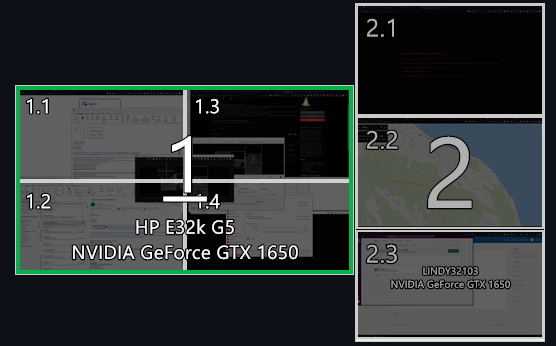this post was submitted on 23 Sep 2024
33 points (97.1% liked)
Linux
58969 readers
889 users here now
From Wikipedia, the free encyclopedia
Linux is a family of open source Unix-like operating systems based on the Linux kernel, an operating system kernel first released on September 17, 1991 by Linus Torvalds. Linux is typically packaged in a Linux distribution (or distro for short).
Distributions include the Linux kernel and supporting system software and libraries, many of which are provided by the GNU Project. Many Linux distributions use the word "Linux" in their name, but the Free Software Foundation uses the name GNU/Linux to emphasize the importance of GNU software, causing some controversy.
Rules
- Posts must be relevant to operating systems running the Linux kernel. GNU/Linux or otherwise.
- No misinformation
- No NSFW content
- No hate speech, bigotry, etc
Related Communities
Community icon by Alpár-Etele Méder, licensed under CC BY 3.0
founded 6 years ago
MODERATORS
you are viewing a single comment's thread
view the rest of the comments
view the rest of the comments

Like others have said, most of this is possible but might take a bit of work to set up. In other words, you’re doing somewhat complex things on Windows, so it’s going to get a bit complex on Linux.
I’ve done GPU passthrough using 2 graphics cards (RX 580 going to VM and RX 550 staying connected to host) for VMs on my desktop, and it mostly works. I’d recommend this tutorial for getting it set up. I had to adapt it a bit to get my AMD card working, but it got me started. I now pass through my RX 580 to 3 VMs (obviously not at the same time): Windows 10, Windows 7, and a Hackintosh VM. Although you can technically use just 1 card (leaving Linux without graphics as Windows is using the card), I recommend using dual cards. Just make sure you:
Note that GPU passthrough invites a few bugs. You can’t always return the GPU to Linux after turning off the VM, depending on the GPU. (For a while, I got this fixed and could use my card after VM shutdown, but I’ve experienced a regression and haven’t been able to figure out what happened yet). Also, after I’ve run a VM and try to turn off the host, Linux doesn’t shut down clean sometimes and I have to manually press the power button.
As for distros, I actually don’t recommend Ubuntu anymore. I’ve found a severe decline in its performance compared to other distros and its privacy standards. I personally use Debian, but would recommend Pop OS as an easier distro. OpenSUSE and Fedora are good ones as well.
I’m sorry if I dropped a bunch of new terms without explaining them well. Ask me any questions. In return, may I ask what kind of desktop this is? Is it an ATX or ITX form factor or some sort of proprietary small form factor computer by HP or Dell or something that’s going to be miserable to upgrade?